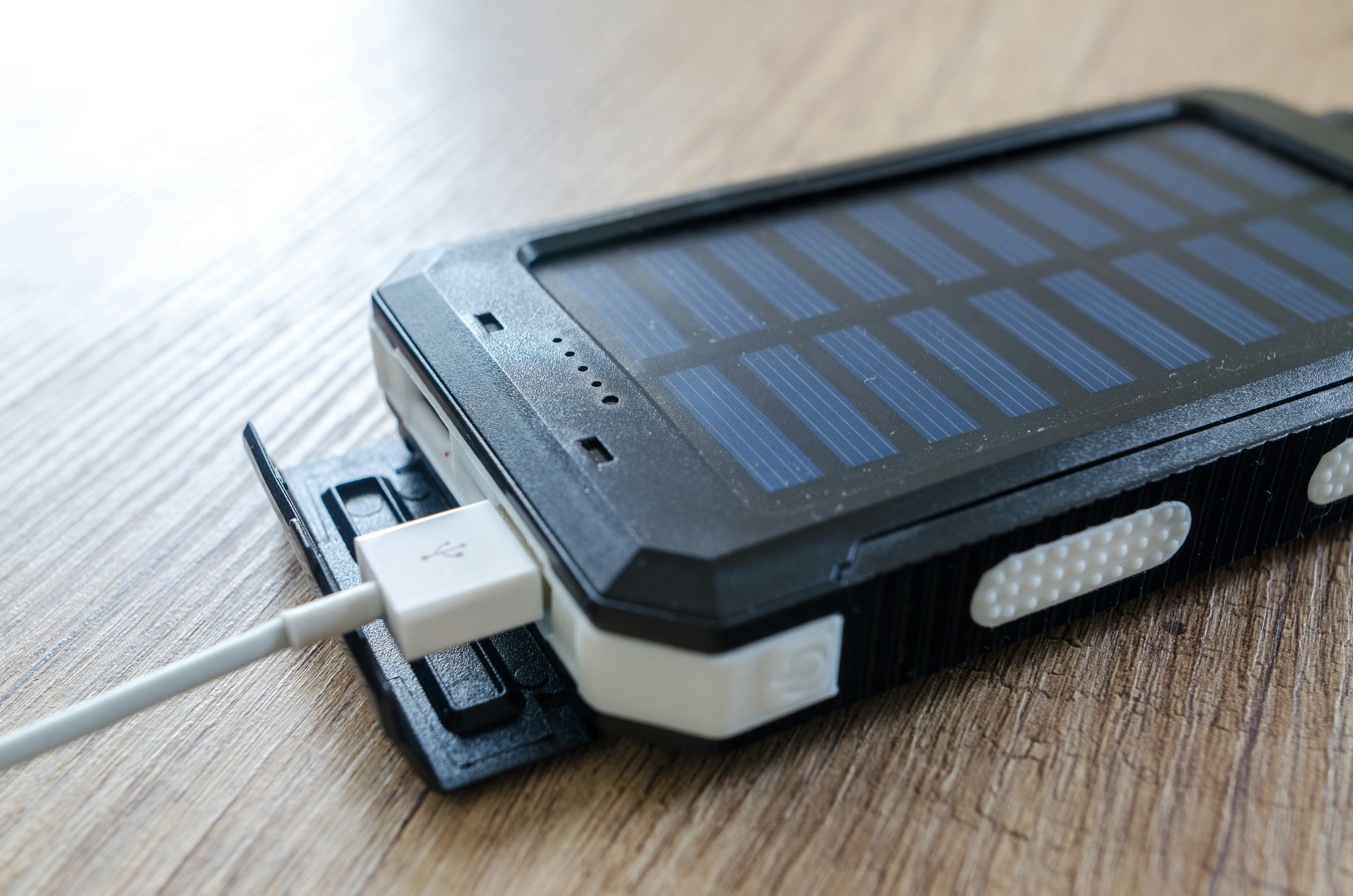What are the stages of reading development?
Reading development can be divided into two main stages: learning to read and reading to learn. Learning to read involves mastering the sound structure of spoken language, understanding the alphabetic principle, decoding words, and gaining fluency. Once readers begin to gain fluency, the cognitive demands of reading shift from trying to decipher sound-symbol relationships and deciphering words to comprehension, understanding another or multiple points of view on a topic, and gaining knowledge.
The stages of reading development progress on a continuum throughout a lifetime of reading. Positive early exposure to writing and wordplay sets the stage for early success in reading. This often translates to more frequent reading and readers being able to integrate the new learning with their own knowledge.
learning to read
1. Pre-read
Reading development actually begins before children are aware of letters and words in print. Before learning about the alphabet, children must be successful with their oral language skills. These oral language skills begin with exposure to nursery rhymes that help children develop and hear the sounds of words. Once children learn to hear the sounds of words, they begin to focus on the components that make them similar or different. This is called rhythm and alliteration. Rhyme and alliteration provide the foundation for developing phonological awareness.
At this point, prereaders’ understanding of how words and patterns sound allows them to focus on smaller units of speech sounds. These units are called phonemes. Phonemes are speech sounds that are roughly the same as a letter or combination of letters but not as large as a syllable. When children master phonemic awareness, they can blend letter sounds, segment phonemes into words, and manipulate phonemes to form new or meaningless words. Being comfortable with sounds produced in isolation, being able to break words down into their small, meaningless components that are phonemes, and being able to manipulate the sound structure of words are all necessary pre-reading skills.
Prereaders must also master letter naming. Children who are able to identify letters quickly and accurately have an easier time learning letter sounds and word spellings than children who are less familiar and accurate. This is because knowing the names of the letters allows children to learn their sounds faster. That is, it accelerates the prereader’s ability to understand the alphabetic principle, which is simply the understanding that letters and words are made up of corresponding sounds. This understanding provides pre-readers with the key to “unlock the code” and start reading.
During this stage of reading development, pre-readers master the sound structure of spoken language, pretend to read, retell stories from picture books, enjoy having stories read to them, and recite the alphabet. The pre-reading stage generally lasts from the end of preschool to the middle of kindergarten.
2. Emerging readers
Emerging readers can begin to learn to connect sounds with letters and words in print. They soon realize that letters represent sounds and notice that combinations of letters make different sounds. Parents and teachers often notice the beginnings of this stage when children use made-up spelling. This occurs when emerging readers write words as they sound, which is a typical part of this stage of development, as these beginning readers overgeneralize their new skills because they only have a rudimentary understanding of reading rules. Emerging readers often memorize the visual, ie, spelling, components of words or whole words and develop a “sight” vocabulary. Thus, this stage is characterized by increased sound-symbol correspondence, increased visual memorization of high-frequency “sight” words, and invented orthographies.
Children in the emergent reading stage read high-frequency words as well as phonetically regular words, continue to enjoy having stories read to them, enjoy stories that are predictable and relevant to them, need exposure to new vocabulary to increase their comprehension, and They are usually able to pronounce one-syllable and sometimes two-syllable words. The emerging reader stage usually lasts until the end of kindergarten or the middle of first grade.
3. Early readers
Early readers are in the beginning stages of becoming fluent. They are generally more efficient at pronouncing words and are becoming more and more automatic at recognizing parts of words and decoding them. During this stage, readers learn to fragment common parts of words (eg, re-, un-, -ed, or -ing) that they can transfer between words, increasing efficiency. As their fluency increases, early readers have more cognitive processes available to them to understand what they are reading. Therefore, they direct more and more of their energy towards understanding what they read. Early readers soon realize that there is more to understanding than what is explicitly said in the text, and they may recognize that they have to reread a sentence or passage to understand what is inferred. This is an important step in reading development as readers begin to be strategic, recognizing that they are reading with a purpose. The early reading stage usually lasts until the end of second grade.
4. Transitional Readers
Transitional readers refine and extend their decoding skills, increase the automaticity of word recognition, increase their reading speed, increase their vocabulary knowledge, and increase their level of comprehension. This stage can be seen as an extension of the early reading stage or as a prequel to the fluency stage. The transitional reading stage can last until the end of third grade.
read to learn
5. Fluent readers
Fluent readers are comprehensive readers. In this stage they go from learning to read to reading to learn. Reading at this stage becomes more useful. Students can tap into their background knowledge for information and connect with the written text. At that stage, readers began to more fully develop their understanding of meanings that are not explicitly stated. They are able to read the subtlest nuances of text. Fluent readers are exposed to strategies they can use to increase their understanding of what they read and continue to learn new words that help with comprehension. Fluent readers can usually only take or see one point of view in the text they read. This stage can last until the end of the ninth grade.
6. Multiple point of view readers
Readers in the multiple viewpoints stage can critically analyze the text they read from different perspectives. They tend to read a wide range of styles and topics. Multiple point of view readers have an understanding of the metaphors and allegories they use to extract meaning from the text. They continue to build their vocabulary and use multiple strategies to increase comprehension. Students at this stage learn to write creatively and persuasively. The Multiple Points of View stage usually lasts until the end of high school.
7. Construction and Reconstruction Readers
Construction and reconstruction readers often read for their own purposes (either to gain knowledge or for pleasure). These readers are generally very fluent and efficient in their approach to reading. They have multiple strategies they can use to get meaning from what they read. Building and Reconstruction readers can read multiple viewpoints, critically analyze the viewpoints and the information in each, and then synthesize and expand on that information with their own thoughts. Readers at this stage of development are experts. How developed a reader is at this point depends on her motivation, needs, and interests. The more practice one has, the better one will become.
Summary
This article describes the 7 stages of reading development by classifying them into two categories: 1. Learning to read and 2. Reading to learn. The main goal of reading is to obtain information from the text, therefore, readers must be able to quickly identify individual words in order to have sufficient cognitive resources available to understand words, sentences, and paragraphs.
The early stages of reading development focus on developing sound-symbol relationships, decoding skills, sight word identification, and fluency. Once these skills become automatic, readers have more cognitive resources available for the comprehension stages of reading development. As readers progress through the stages of Reading to Learn, they become increasingly sophisticated in their comprehension skills. Finally, as readers enter the build and rebuild stage, they use their critical analytical skills to become producers of new knowledge and not just consumers.









